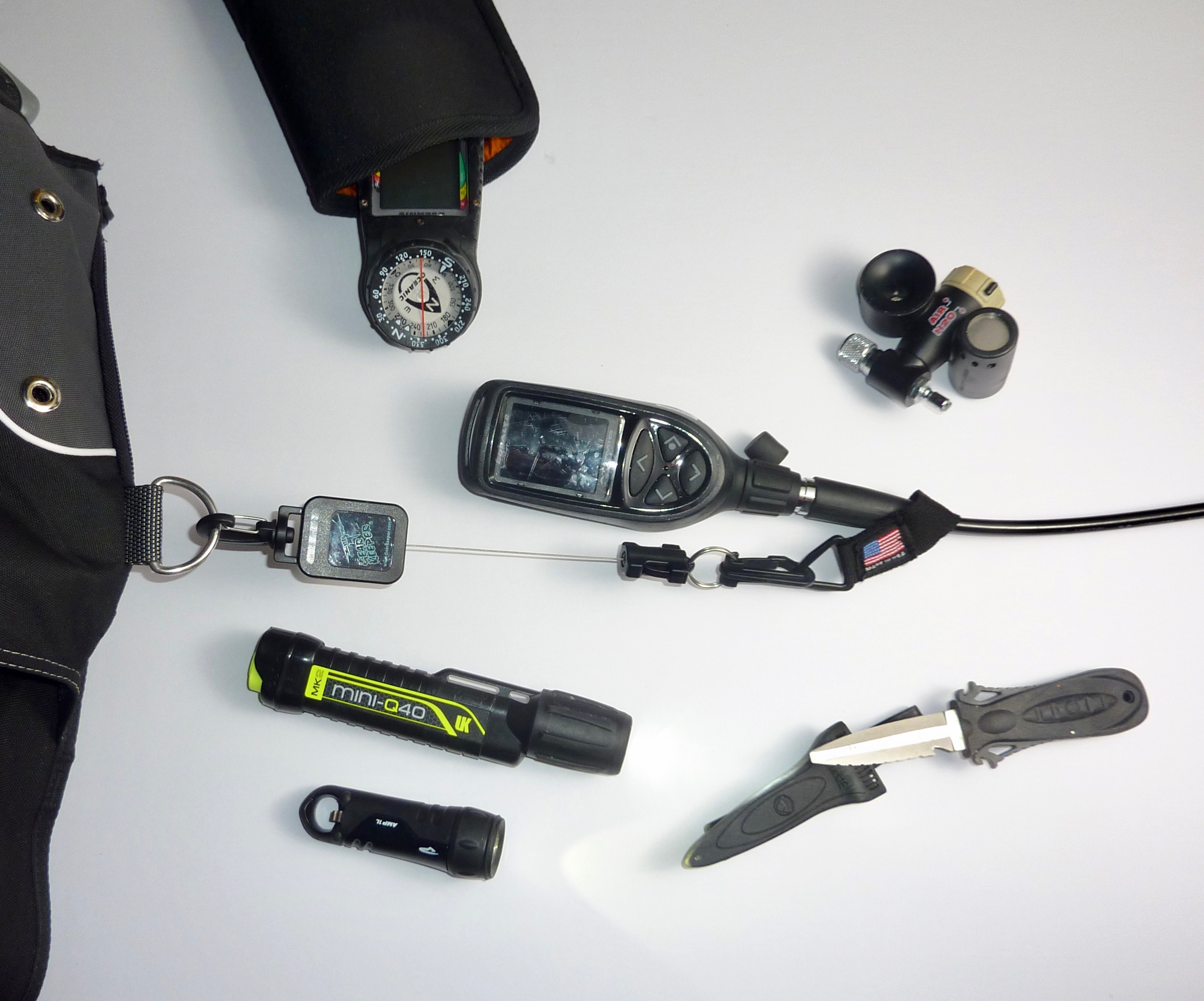In the tropics it is now advocated that you not wear dive gloves when you dive. It is said that gloves give you the sense of “permission” to touch the delicate coral reefs. While this may be well and good, it does not, and cannot, apply to California diving.
We dive in a much more harsh environment than your run of the mill tropical island. Temperature alone is enough to have you throwing on the warmest gloves possible. And then there is the urchins, wrecks, and more. If you beach dive at all, or hunt, you definitely need a pair of sturdy mittens.
Dive gloves are one of those things that seem easy to pick in the dive store but can sure screw up a dive if you pick the wrong ones. First, the warmest and toughest are generally not the best. You need dexterity and agility, and that will cause some trade off in thermal protection and durability. But if you play your cards right, your compromises will be small and you’ll end up with dive gloves that will give you the best performance with the least encumbrance.
Dive gloves can be quite bulky but this is usually counter productive. While thick neoprene material in your wetsuit will keep you warm, on your hands it just slows you down and makes it difficult to function with any degree of effectiveness. If you will be diving in very cold water (52 degrees or less), consider thick three-finger or mitten-style dive gloves. For more temperate waters, try to stay with 3 mil material. While you will need to keep your body and head warm, it is generally unimportant if your hands get chilled. If they are not numb, you will be better off with the dexterity thinner material has to offer.
There are also ways to compensate for thinner material over the hands. First, the construction of the glove should have a long gauntlet. This is the portion that will fit over the wetsuit sleeve. A secure velcro band will ensure minimal water seepage. Another plus would be special neoprene used in the gloves construction. While you may not be able to afford some of the special thermal materials being used in wetsuit construction such as titanium, the added cost in gloves is minimal and the benefits are great.
The palm of your gloves need to be a tough, no-slip material. The problem is neoprene is not always known for its toughness. Dots, patterns and other material can be placed on the neoprene, but sometimes this just stiffens the grip and takes away much needed tactile ability. A better choice is often synthetic leather. Synthetic is a must as real leather after drying out will become very stiff. Although synthetic leather has little or no thermal properties, it is soft, pliable, and thin, yet tough. Coupled with a neoprene backing and you have a dive glove that will handle most ocean temperatures California can dish out. This style of glove, with synthetic leather palms and neoprene backing, are often referred to as cold/warm water gloves.









